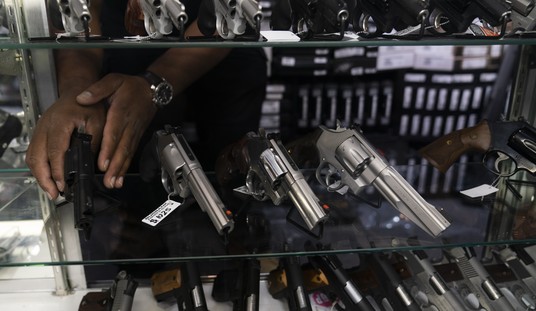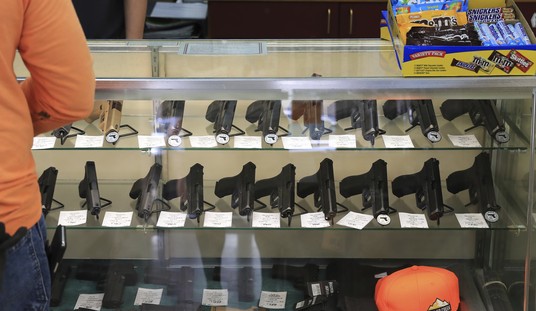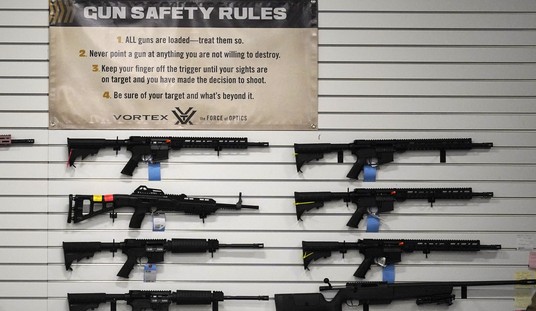A November 2012 Mass Shootings Analysis report issued by the New Jersey Intelligence & Analysis Unit (NJ ROIC) in partnership with the U.S. Department of Homeland Security shows semiautomatic handguns are the most common weapons used to carry out mass shootings. The report was issued one month before the Newtown shooting in which, according to the coroner and police, the killer used a semi-automatic rifle.
“The mass killing incidents this year at a Sikh temple in Wisconsin and a movie theater in Colorado garnered international attention and focused the efforts of public and private sector security officials on the prevention of and response to mass shootings in the United States,” the report states.
The report focuses on the commonalities and trends of the 29 deadliest mass shootings in the past 13 years, starting in 1999 with Columbine High School. Mass shootings are defined by the report as events that result in at least five people being killed.
“Semiautomatic handguns are the weapon of choice for mass shootings,” the report states.
In 2012 (including Newtown), four of six mass shootings that occured were carried out with handguns.
Other data included in the report shows nearly half of shootings happened in the workplace, that active shooters either committed suicide or were killed by law enforcement officers, only four shooters were current military members or veterans and that shooters are overwhelmingly male with just one being carried out by a female. The report also showed all mass shooters acted alone with the one exception of Columbine, which was carried out by two male students.
NJ ROIC points out the many warning signs leading up to mass shootings in the past two decades. The Virginia Tech shooter and the Tucson shooter, who nearly killed Representative Gabrielle Giffords in 2009, are among many killers who gave early warning signs of their planned actions.
“In many of the case studies discussed, there were indicators of potential violence,” NJ ROIC states in the report, adding a long list of warning signs to watch for including increased use of alcohol and/or illegal drugs, unexplained increase in absenteeism; vague physical complaints, noticeable decrease in attention to appearance and hygiene, depression or withdrawal, resistance and overreaction to changes in policy and procedures, noticeably instablility and others.
NJ ROIC encourages the use of DHS “see something, say something” policy and reporting suspicious activity to authorities.
H/T Ace of Spades








Join the conversation as a VIP Member